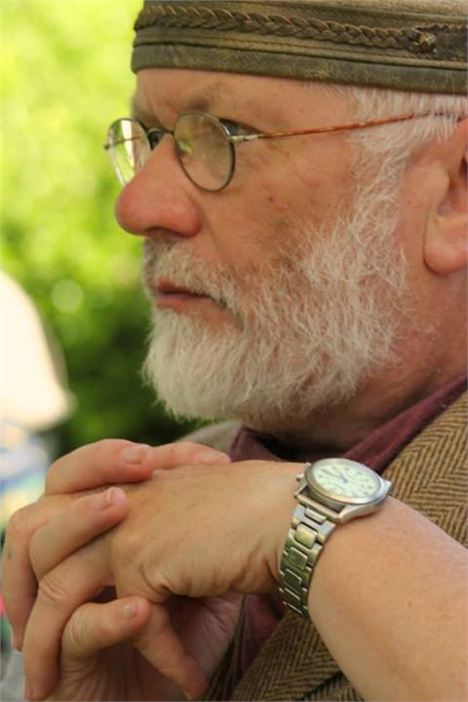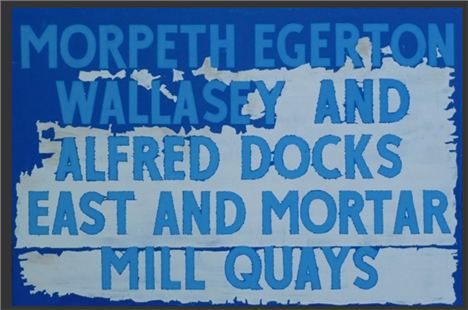MANY want to see the abandoned Royal Iris and Manxman ferries restored, but artist Thom Gorst sees beauty in their rusting and dilapidated state.
The Birkenhead-born architect and urban explorer captures maritime cast-offs in paintings, with no shortage of fans wanting to find them a berth at home.
Rather than a requiem to the past, his paintings are a celebration of the present, and now his first exhibition of them is opening in Liverpool.
Gorst’s solo show at View Two in Mathew Street, starts with a private view tonight (Thursday November 13) and runs up until Christmas.
“We are conditioned to look at these forgotten ships as ugly, but look carefully and they are beautiful,” he says.
“I am trying to argue we don’t need to preserve these ships, there is a lot to be said for letting them grow old gracefully. I have taken the view you can never retrieve the past. It is also true to say dramatic art can be made out of what is seen as old junk.”
Glance at the exhibits and it may seem Gorst has used a welding torch to clinically slice a section of an old ship. But the only tools here are a brush and acrylic colours, adding grace to to decay in a corner of a faraway shipyard.
Ships of every kind have been a running theme in Gorst’s life. Born in 1952 into a seafaring family, Gorst’s father was a master mariner working on the tankers used to import molasses into Britain. The family lived in Wirral, close to the docks.
Educated at Birkenhead School, he left in 1969 after a dismal display at A-levels, evidently not cut out for university. Instead he spent four years in the Royal Navy, serving on frigates, a minesweeper and an aircraft carrier. Unlike three of his naval college classmates he never made admiral.
Instead he became an architect, aligning himself with the political left, and today is still committed to the notion that architecture is a public art. He worked for Greater London Council (GLC), working on a controversial project known as Coin Street which saw a stand off between the interests of private developers and community groups. This turned out to be a cause celebre, bringing the team into direct conflict with Margaret Thatcher’s government.
“As a direct result of what we were doing at the GLC, she abolished it in 1986,” said Thom, who displaced from the abolish authority, ended up as Assistant Borough Architect in Southwark where he led another high profile housing project in Bermondsey.
Then in 1989 he became a full time university lecturer, eventually becoming a professor and earning a doctorate. That family seafaring blood in his veins took Prof Thom back to the high seas – this time lecturing on architectural history to passengers aboard the ocean going Cunard liners.
His doctorate at the Glasgow School of Art involved an investigation into the aesthetic content of modern maritime ruins. It was during this period, between 2005 and 2011 that Thom established his own art practice, addressing decay on maritime and industrial surfaces. And in turn a fascination with abandoned vessels such as the Iriis, Manxman and others.
But there is more to Gorst: “When it comes to the composition of my paintings, the 'old ships' thing is not the whole story. It's just that I know about ships, so I use them. I'm also fascinated by proportion, and more recently by colour theory and texture. I guess as a trained architect I tend to look at things straight on and not in perspective.”
One recent work, To Something That Isn't There, is an exact copy of an old sign in Corporation Street, Birkenhead.
“The whole point for me was to immerse myself in what it was like being a signwriter in the 1950s, writing directions to docks that would soon close down.
To add to his repertoire of life, Gorst is also learning to be a Morris dancer (he lives in Bath these days) and is learning to play the concertina.


















